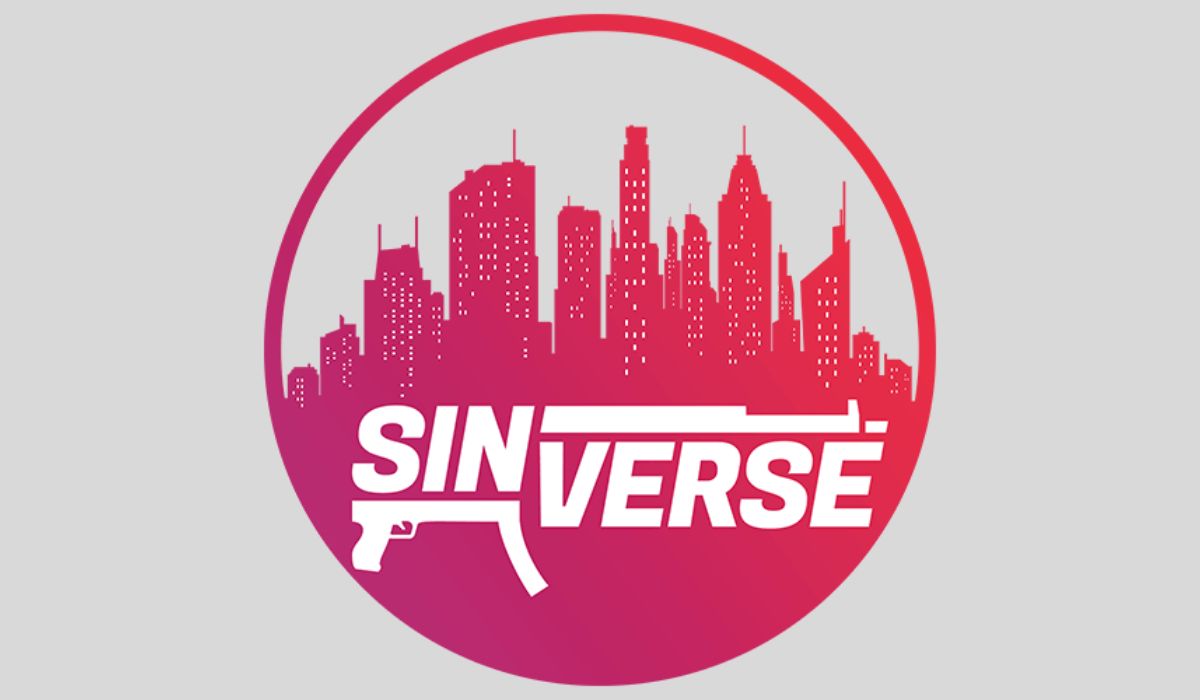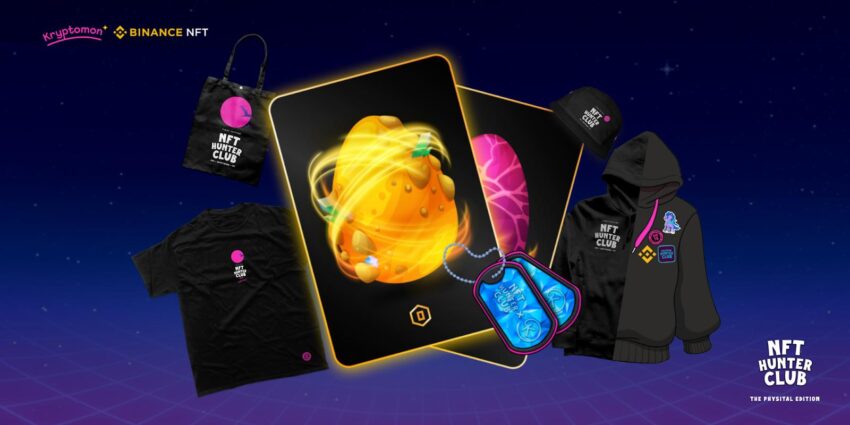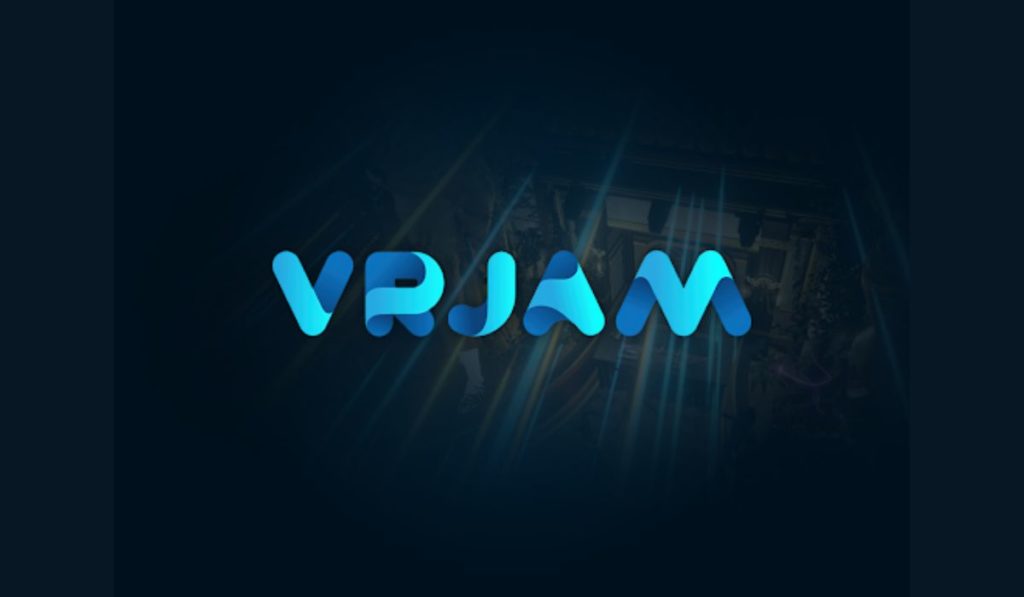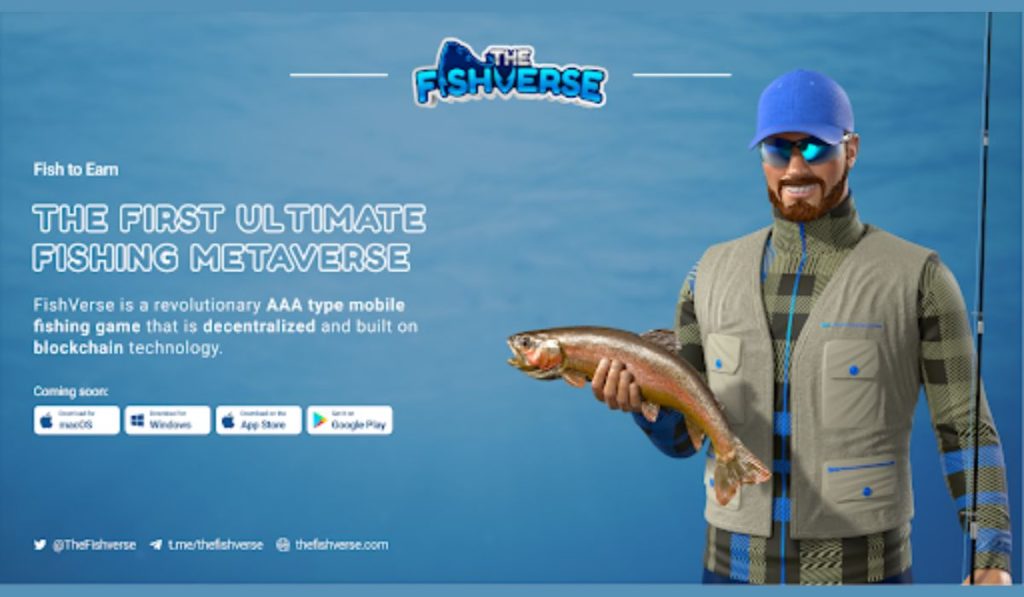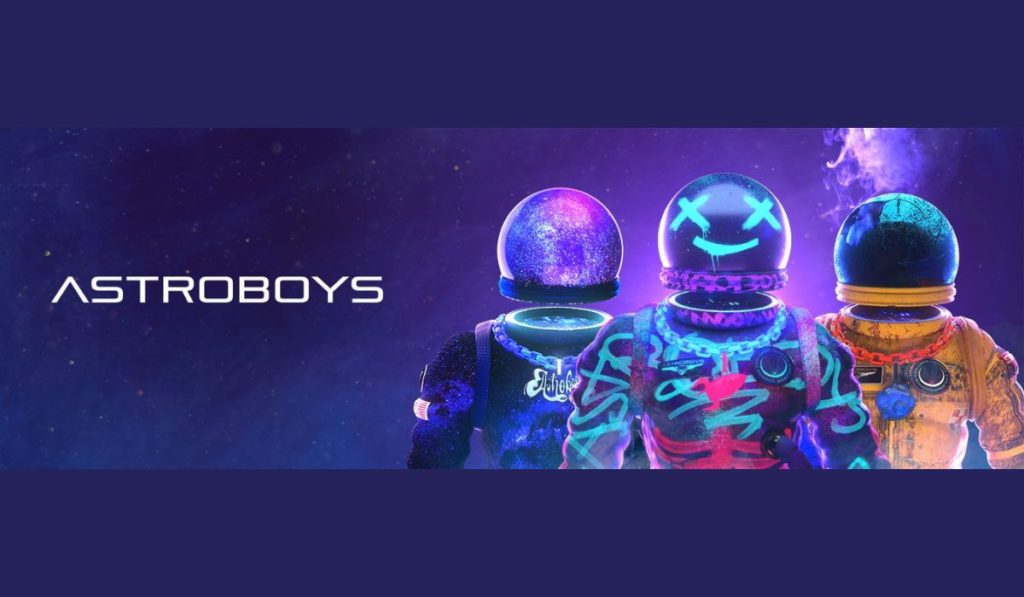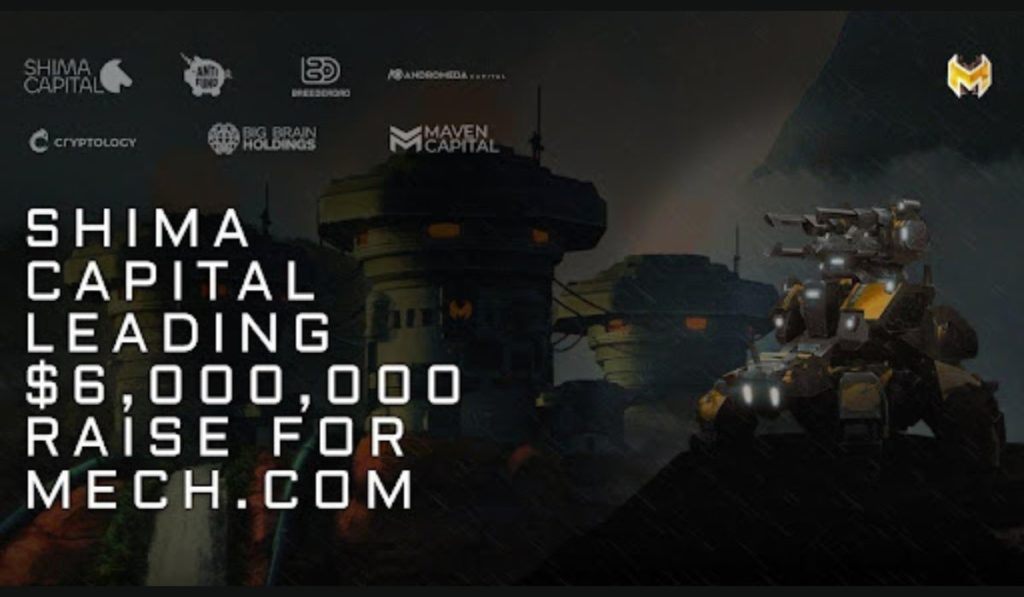2022-10-18 03:11 |
The metaverse is not a video game, says Theo Priestley, CEO and Co-Founder of Metanomic.
There’s no consensus about what it is, but I can tell you that the metaverse is not a video game; blockchain or no blockchain.
That doesn’t stop what I’ll charitably call ‘ambitious’ – some might say unscrupulous – game companies bringing out the ‘metaverse’ buzzword at every opportunity.
If there’s a bandwagon rolling through town, then businesses want to jump on it to be seen as innovators; thought leaders setting the agenda for a new era. It’s all about branding and finding new ways to take money from customers. I get it.
But slapping the metaverse tag on an online game is reductive at best. At worst, it has the potential to undermine the almost unlimited potential of the metaverse before it’s even had a chance to shine.
The danger is that users will believe that a game is all the future – and Web3 – have to offer.
The MMOtaverseTake just about any so-called ‘metaverse’ experience today and they’re really nothing more than online games or a Massively Multiplayer Online Roleplaying Game (MMORPG). I see so many MMORPGs at Web3 and metaverse events because the marketing team saw a chance to cash in by rebadging their product to ride the wave.
It’s not surprising, really, with $120 billion flowing into ‘the metaverse’ so far in 2022, and McKinsey estimating that its value in 2030 could be up to $5 trillion.
A triumvirate of online games which could say – with more credibility than most – that they’re taking the first steps along the metaverse road at the moment are Fortnite, Roblox and Rec Room.
Yet even those companies don’t mention the ‘M’-word in their mission statements:
– “Fortnite is a free-to-play Battle Royale game with numerous game modes for every type of game player.“
– “Roblox is a global platform that brings people together through play.“
– “Rec Room is the place to build and play games together.“
See the pattern? They are games. Sure, they each have an online 3D social element to a greater or lesser extent, but the core experience is still easily recognizable as a game, sandbox or otherwise.
That doesn’t stop them being popularised as the metaverse by influencers, journalists and bloggers everywhere. Websites need clicks, and the metaverse is a hot keyword right now. So, we refer to online social games as the metaverse and wait for that sweet SEO traffic.
The Metaverse: Gamification not requiredGiven that a huge chunk of whatever the metaverse becomes will be a shared online experience, we should ask why social media is so ubiquitous today. Not because we should emulate existing platforms. Please, no! But to understand what brings people together in a digital environment.
The answer isn’t substandard first-person shooters or me-too match-3 puzzle games. It’s about the interactions between people – not players – whether that’s one-to-one or one-to-many.
The problem is that with games being seen as the natural foundation for the metaverse – for no other reason than they are already familiar as 3D interactive environments – we’re setting up the expectation that we have to ‘do’ something in these virtual worlds. That we must have compelling reasons other than to just chill and hang out. But what if that was reason enough?
Metaverse before it was metaBelieve it or not, there are precedents for online spaces like this. Launched in 2008, PlayStation Home was at its core a place to hang out with fellow gamers. Of course, there were minigames, but the focus was on enabling the PlayStation tribe to get together, to chat and just ‘be.’
Official support ended in 2015, but fan power brought it back to unofficial life last year, thanks to the efforts of Destination Home. In collaboration with the PlayStation Online Network Emulated (PSONE) fan group, it’s now free to anyone with a PS3 or emulator. The very fact this project exists demonstrates the continuing draw of simply sharing space online with like-minded people.
That is more metaverse than just about anything out there today.
The metaverse and Second LifeAfter all, the social aspect of the metaverse is about people and interaction. For that reason, Second Life is in my opinion still superior to Decentraland, The Sandbox, and other platforms that have sprung up recently. 20 years since its inception, its avatar system allows for all manner of self-expression and its marketplace is full of literally billions of options.
Second LifeIt’s used for educational purposes as well as social and recreation. It allows users and brands to create almost without limit.
And it processes 345 million transactions a year, grossing $650m! If only it had kept investing in its tech, like MindArk’s Entropia Universe. It has existed for roughly the same amount of time and is now moving across to using Unreal Engine 5 to keep up with current trends around fidelity and infrastructure, while Second Life limps along on a creaking architecture.
But if Web3 companies like Forte can reap investment figures of $800m for a game/ NFT economy platform, then Second Life deserves the same levels of investment to future-proof the technology and infrastructure, and leapfrog beyond everything on the market today in the process.
Just because it looks like a duck…Even in an age where mental health is front-and-centre and we’re repeatedly reminded to make time for ourselves, escapism is still seen as a waste of time by many. Sometimes it seems that even our hobbies need to be measured against some metric like clearing levels or earning a high score. Which can be fun, but it’s almost as if the people making the metaverse – by which I mean the big brands – can’t handle the concept of it being a place where users can do anything they want.
These businesses need to measure things like audience engagement – and ‘time spent hanging out’ is not actionable data. Just escaping into another virtual reality – flatscreen or head-mounted – is seen as pointless and it must therefore be filled with things to do. So our escapism is being filled with work, tasks or activities-with-a-purpose passed off as gamification. We get video games rammed down our throats as the metaverse.
Hardcore gamersThere will always be hardcore gamers and there will always be games in the metaverse – and I look forward to playing them! But that is not all that the metaverse can be.
We know what a game looks and feels like in 2022. And while a 3D metaverse will look like a game, it shouldn’t feel like one. Games are a great starting point for the conversation about how the metaverse will evolve, but at the moment they’re in danger of dominating the talk.
The metaverse represents a true singularity not only of the various technologies to build it, but also in humanity’s need to be a part of it.
Let’s not turn it into just another video game.
About the authorTheo Priestley is the CEO and Co-Founder of Metanomic, the complete game economy and player analytics company. A globally-renowned thought leader on emerging technologies, Theo founded Metanomic in November 2021 while developing his own MMO game, enlisting the help of top economists and AI experts to build Metanomic’s Thunderstruck player analytics platform and Economy Engine.
The post The Metaverse: Let’s Not Reduce it to a Video Game. It is so Much More appeared first on BeInCrypto.
origin »Metaverse ETP (ETP) на Currencies.ru
|
|
